Home>Garden Essentials>How Beneficial Is It To Use A Play Area In Daycare
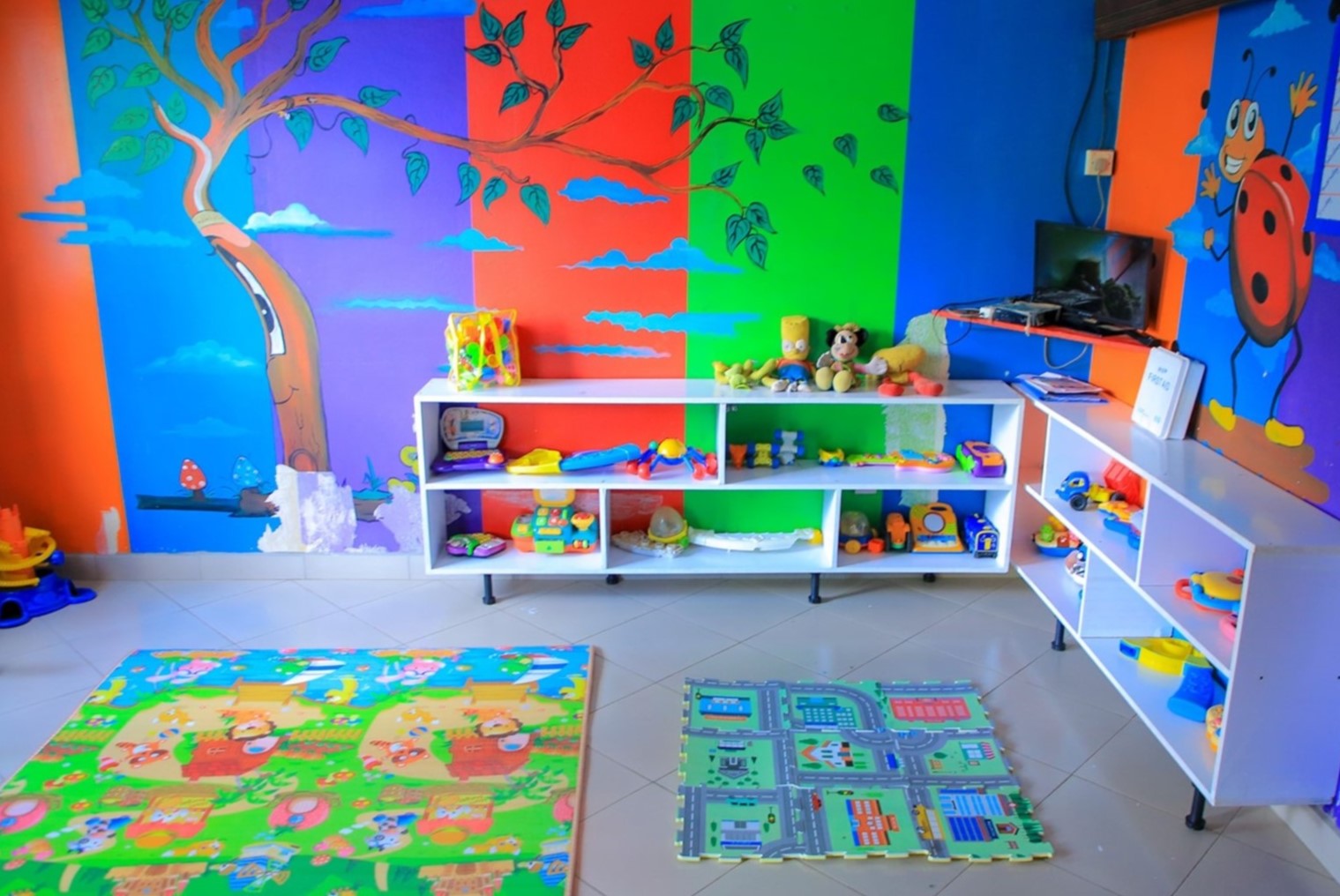

Garden Essentials
How Beneficial Is It To Use A Play Area In Daycare
Modified: October 20, 2024
Discover the benefits of incorporating a garden play area in daycare. Enhance children's development and provide a stimulating environment for learning and exploration.
(Many of the links in this article redirect to a specific reviewed product. Your purchase of these products through affiliate links helps to generate commission for Storables.com, at no extra cost. Learn more)
Introduction
Play is an integral part of a child’s development, as it aids in their physical, cognitive, social, emotional, and language development. In the context of daycare, creating a designated play area provides numerous benefits for children of all ages. A play area not only offers a space for children to engage in fun activities, but it also stimulates their minds and bodies in a safe and supervised environment. In this article, we will explore the significance of play in daycare and delve into the various advantages of using a play area in a childcare setting.
Daycare facilities play a crucial role in nurturing the growth and development of young children. A thoughtfully designed play area can enhance the overall experience for both children and caregivers. It not only promotes physical fitness but also supports cognitive, social, emotional, and language skills development. By providing a well-equipped, engaging, and age-appropriate play area, daycare providers can create an environment that fosters growth, learning, and happiness.
Next, we will explore the importance of play in daycare and examine the specific benefits of using a play area in early childhood education.
Key Takeaways:
- Play areas in daycare help kids grow by playing and having fun. It makes them stronger, smarter, and better at making friends. It’s like a special place for kids to learn and be happy.
- Daycare play areas are like magical places where kids can run, jump, and use their imagination. It’s important for kids to play in a safe and fun place to grow up healthy and smart.
The Importance of Play in Daycare
Play is an essential component of a child’s development. It is through play that children learn about themselves, their capabilities, and the world around them. In the daycare setting, play takes on even greater significance as it becomes a primary mode of learning and exploration. Here are some reasons why play is vital in daycare:
- Holistic Development: Play provides opportunities for children to develop physically, cognitively, socially, emotionally, and linguistically. It engages all aspects of their being and supports their overall growth.
- Self-Expression: Play allows children to express their thoughts, feelings, and ideas in a natural and unrestricted manner. Through play, children can freely explore and experiment with different roles, scenarios, and emotions.
- Problem-Solving Skills: Play encourages children to use their creativity and critical thinking abilities to solve problems and overcome challenges. It fosters the development of skills such as decision-making, logical reasoning, and adaptability.
- Imagination and Creativity: Play stimulates a child’s imagination and nurtures their creativity. It allows them to create worlds, stories, and scenarios, fostering innovation and original thinking.
- Language Development: Play provides ample opportunities for children to engage in language-rich activities. Whether it’s engaging in pretend play, engaging in conversations with peers, or singing songs, play enhances vocabulary, communication skills, and language fluency.
- Social Skills and Relationships: Play enables children to interact with their peers, learn social norms, and develop important social skills such as sharing, turn-taking, cooperation, and empathy. It also helps form friendships and positive relationships.
As daycare providers, it is crucial to recognize and support the profound benefits of play. By creating an environment that encourages and facilitates play, caregivers can optimize the learning experiences of children and promote their holistic development.
Benefits of Using a Play Area in Daycare
A well-designed and properly maintained play area in daycare offers a multitude of benefits for children of all ages. Let’s explore some of the key advantages:
- Physical Development: A play area provides children with opportunities to engage in physical activities, such as climbing, jumping, running, and balancing. These activities help develop gross motor skills, strength, coordination, and overall physical fitness.
- Cognitive Development: Play stimulates cognitive development by encouraging problem-solving, critical thinking, and decision-making. It enhances children’s ability to plan, strategize, and make connections between different concepts.
- Social and Emotional Development: Interacting with peers in a play area promotes socialization skills, cooperation, sharing, and empathy. It also helps children develop emotional resilience, self-regulation, and conflict resolution skills.
- Language and Communication Development: Play allows children to practice and refine their language skills. Through conversations, storytelling, and imaginative play, they expand their vocabulary, enhance language fluency, and improve communication abilities.
- Sensory Stimulation: Play areas often incorporate various sensory experiences, such as tactile materials, visual stimulation, and auditory sensations. This exposure to sensory stimuli enhances sensory processing skills and promotes sensory integration.
- Creativity and Imagination: Play areas inspire children’s creativity and imagination, encouraging them to explore new ideas, create imaginative scenarios, and think outside the box. This fosters innovative thinking and nurtures artistic expression.
- Problem-Solving Skills: Play areas provide children with opportunities to encounter and solve problems independently. By navigating obstacles and challenges within the play area, they develop problem-solving skills and resilience.
By incorporating a play area into the daycare environment, providers create an enriching space that supports children’s holistic development. The benefits extend beyond the immediate physical and cognitive advantages, nurturing social skills, emotional well-being, and fostering a love for learning. A well-designed play area enhances the overall quality of care offered by the daycare facility.
Physical Development
One of the primary benefits of using a play area in daycare is its positive impact on the physical development of children. Physical activity is essential for promoting overall health, strength, and coordination in young children. Here’s how a play area supports physical development:
- Gross Motor Skills: The play area provides ample space for children to engage in activities that enhance their gross motor skills. By climbing on structures, running, jumping, and balancing, children develop strength, endurance, and coordination.
- Fine Motor Skills: Many elements in the play area, such as building blocks, puzzles, and arts and crafts materials, encourage fine motor skills development. These activities help to refine hand-eye coordination, finger dexterity, and precise movements.
- Body Awareness and Spatial Skills: Through navigating the play area, children develop a sense of body awareness and spatial skills. They learn to judge distances, navigate obstacles, and understand their physical limitations.
- Balance and Core Strength: Play equipment like swings, balance beams, and climbing structures challenge children’s balance and core strength. These activities aid in the development of stability and posture control.
- Cardiovascular Health: Engaging in physical activities in the play area increases children’s heart rate and promotes cardiovascular health. These activities help to build stamina and maintain a healthy weight.
By incorporating a variety of equipment and activities in the play area, daycare providers can create an environment that encourages active play and supports the physical development of children. It is important to ensure that the play area is safe and age-appropriate, with proper supervision and equipment maintenance.
Regular physical activity not only improves muscle strength and coordination but also supports brain development and overall well-being. By providing a play area that promotes physical activity, daycare facilities play a vital role in nurturing the physical development of children.
Cognitive Development
The play area in daycare is not only a space for physical activities but also a platform for cognitive development. Engaging in play stimulates children’s thinking, problem-solving, and decision-making abilities. Here’s how a play area supports cognitive development:
- Problem-Solving: The play area provides children with opportunities to encounter and solve problems independently. Whether it’s figuring out how to navigate a climbing structure or building a tower with blocks, children develop critical thinking and problem-solving skills.
- Imagination and Creativity: Pretend play and imaginative activities in the play area foster creativity and imaginative thinking. Children create scenarios, explore different roles, and think outside the box, fueling their imagination and enhancing their creative thinking skills.
- Cause and Effect: Engaging with cause-and-effect play materials, such as water tables or building blocks, helps children understand the relationship between actions and outcomes. They learn to predict, experiment, and make connections, strengthening their understanding of cause and effect relationships.
- Attention and Focus: Play activities that require concentration, such as puzzles or building projects, improve children’s attention span and focus. They learn to stay engaged in tasks for longer periods, enhancing their ability to concentrate and complete activities.
- Language and Communication: Play activities promote language development by encouraging conversations, storytelling, and vocabulary expansion. Children engage in communication with peers and caregivers, improving their language fluency, articulation, and comprehension.
- Mathematical Concepts: Some play materials, such as counting bears or shape sorters, introduce basic mathematical concepts to children. Engaging with these materials helps children develop early math skills, such as counting, sorting, and recognizing shapes and patterns.
- Memory and Recall: Engaging in memory-based play activities, such as memory games or scavenger hunts, enhances children’s memory skills and ability to recall information. They strengthen their memory capacity and learn to retain and retrieve information effectively.
By providing a play area that stimulates cognitive development, daycare facilities promote intellectual growth and nurture children’s learning abilities. It is important to offer a variety of play materials and activities that challenge children’s thinking and encourage problem-solving and creativity.
A well-designed play area not only fosters physical growth but also acts as a laboratory for cognitive exploration and development. By engaging in play, children develop essential cognitive skills that support their overall educational journey.
Read more: What To Use For Kids’ Outdoor Play Area
Social and Emotional Development
The play area in daycare plays a crucial role in supporting the social and emotional development of children. It provides opportunities for interaction, cooperation, and emotional expression. Here’s how a play area promotes social and emotional growth:
- Peer Interaction: The play area encourages children to interact and engage with their peers. Through collaborative play, children learn to take turns, share, negotiate, and cooperate with others, developing essential social skills.
- Empathy and Understanding: Play allows children to gain insight into different perspectives and emotions. They learn to empathize with others, understand diverse viewpoints, and develop a sense of compassion and kindness.
- Conflict Resolution: Interacting with peers in the play area may sometimes lead to conflicts. This provides an opportunity for children to practice resolving conflicts, problem-solving, and compromising, fostering the development of important conflict resolution skills.
- Self-Expression: Play offers a platform for children to express themselves freely, without judgment. Whether it’s through dramatic play, art activities, or imaginative storytelling, children can explore their emotions, thoughts, and identity.
- Self-Regulation: Engaging in play activities helps children learn to regulate their emotions and behaviors. It provides an outlet for self-expression and allows children to practice emotional control, patience, and self-discipline.
- Building Relationships: Through play, children have the opportunity to form friendships and develop positive relationships with their peers. These connections foster a sense of belonging, mutual support, and social connectedness.
- Social Norms and Cultural Awareness: Play activities can introduce children to social norms, values, and cultural diversity. They learn to respect and appreciate different cultures, traditions, and perspectives, promoting cultural awareness and sensitivity.
By providing a play area that facilitates social and emotional development, daycare facilities create a supportive and nurturing environment for children. It is important to encourage positive interactions, provide guidance during conflicts, and promote a sense of inclusivity and acceptance among children.
Through play, children develop the social and emotional skills necessary for building healthy relationships, managing emotions, and navigating the complexities of the world around them. A well-designed play area promotes empathy, self-expression, and the development of essential social competencies.
Language and Communication Development
The play area in daycare serves as an ideal setting for promoting language and communication development in children. Play activities provide rich opportunities for children to engage in conversations, storytelling, and vocabulary expansion. Here’s how a play area supports language and communication development:
- Conversational Skills: Engaging in play encourages children to interact and communicate with peers and caregivers. Through conversations during play, children practice turn-taking, listening, and responding, improving their conversational skills.
- Vocabulary Expansion: Play activities expose children to a wide range of words and concepts, helping them to expand their vocabulary. Whether it’s learning the names of objects during pretend play or engaging in themed activities, children acquire new words and enhance their language fluency.
- Storytelling: Pretend play and imaginative activities in the play area provide opportunities for children to create and tell stories. This promotes narrative skills, sequencing, and the ability to organize thoughts and ideas in a coherent and engaging manner.
- Listening Comprehension: Engaging in play activities involves listening to instructions, following directions, and understanding the rules of the game. These activities strengthen listening comprehension skills and enhance children’s ability to understand and process spoken information.
- Expressive Language: Play encourages children to express their thoughts, ideas, and emotions through gestures, verbal communication, and role-playing. This enhances their expressive language skills, including articulation, sentence structure, and the ability to convey meaning effectively.
- Non-Verbal Communication: Play activities often involve non-verbal communication cues, such as facial expressions, body language, and gestures. Children learn to interpret and use non-verbal cues to convey messages, improving their understanding of non-verbal communication in social interactions.
- Language Diversity: Play provides opportunities for children from diverse backgrounds to share their languages and cultures, fostering linguistic diversity and promoting language learning among peers. This supports cultural awareness and inclusivity.
By creating a language-rich play environment and engaging in purposeful conversations during play, daycare providers can stimulate language and communication development in children. It is important to actively participate in play, ask open-ended questions, and provide language models to support children’s language learning.
Through play, children develop their language and communication skills, which are essential for academic success, social interaction, and overall cognitive development. A well-designed play area becomes a platform for language exploration, growth, and expression.
Sensory Stimulation
The play area in daycare offers a variety of sensory experiences, providing children with opportunities for sensory stimulation and exploration. Engaging in activities that involve the senses helps children develop their sensory processing skills and promotes sensory integration. Here’s how a play area supports sensory development:
- Tactile Sensation: Play materials such as sand, water tables, or sensory bins allow children to explore different textures, improving their tactile discrimination and sensitivity.
- Visual Stimulation: Play areas often incorporate visually engaging elements like bright colors, contrasting patterns, and visual displays. These visual stimuli enhance visual tracking, depth perception, and visual processing abilities.
- Auditory Sensations: Play activities involving music, singing, or musical instruments expose children to various sounds and rhythms. This helps develop auditory discrimination, sound localization, and auditory processing skills.
- Olfactory Experiences: Certain play materials or activities, like scented playdough or cooking pretend play, introduce children to different smells and scents, enhancing their olfactory awareness and sensory discrimination.
- Gustatory Exploration: Engaging in play activities that involve tasting, such as cooking or baking pretend play, encourages oral exploration and familiarity with different tastes.
- Proprioceptive Input: Play activities involving climbing, jumping, or pushing/pulling engage the muscles and joints, providing proprioceptive input. This deep pressure input supports body awareness and coordination.
- Vestibular Stimulation: Play equipment like swings and slides provide vestibular stimulation, promoting balance, spatial orientation, and the development of the vestibular system.
A well-designed play area in daycare considers a variety of sensory experiences to cater to children’s individual sensory needs and preferences. It is important to provide a balance of sensory-rich activities and allow children to explore and engage with different sensory materials and experiences.
Sensory stimulation through play helps children develop their sensory processing abilities, allowing them to effectively receive, interpret, and respond to sensory information from the environment. It supports their overall sensory integration, enhances their ability to engage in daily activities, and contributes to their overall development and well-being.
Creativity and Imagination
The play area in daycare serves as a catalyst for fostering creativity and nurturing the imagination of young children. Encouraging creative play activities allows children to explore their boundless imagination, think innovatively, and express their unique ideas. Here’s how a play area stimulates creativity and imagination:
- Pretend Play: The play area provides a stage for children to engage in pretend play, where they can assume different roles, create imaginary scenarios, and use their creativity to bring their ideas to life.
- Open-Ended Materials: Offering open-ended materials such as blocks, loose parts, or art supplies encourages children to use their imagination to transform the materials into something new and original.
- Artistic Expression: The play area can include an art corner where children engage in various art activities, such as painting, drawing, or crafting. This allows them to explore different mediums, experiment, and express their creativity through artwork.
- Storytelling and Narrative Play: The play area can have storybooks, puppets, or a storytelling corner where children can engage in story-based play. This enhances their storytelling skills, narrative development, and the ability to weave imaginative tales.
- Prop and Costume Play: Providing props, costumes, and dress-up materials in the play area allows children to fully immerse themselves in imaginative play. They can transform into different characters, fostering their creativity and enhancing their dramatic play skills.
- Problem-Solving Challenges: Introducing age-appropriate challenges or puzzles in the play area encourages children to think creatively to find solutions. This promotes innovative thinking, critical thinking, and problem-solving skills.
- Flexible Play Spaces: The play area can be designed with flexible spaces to allow children to rearrange and transform the environment according to their imaginations, promoting autonomy, and ownership over their play experiences.
By incorporating elements that stimulate creativity and imagination, daycare providers can inspire children to explore their limitless potential. It is important to encourage and celebrate children’s unique ideas, provide opportunities for open-ended play, and support their imaginative play experiences.
Through creative and imaginative play, children develop essential skills such as flexibility, innovation, and original thinking. They learn to embrace their creativity, think outside the box, and approach challenges with a fresh perspective.
Regular use of a play area in daycare can benefit children by promoting physical activity, social interaction, and cognitive development. It is important for children to have access to a safe and stimulating play environment to support their overall growth and well-being.
Read more: How To Make A Play Area For Baby
Problem-Solving Skills
The play area in daycare serves as an ideal setting for children to develop and enhance their problem-solving skills. Engaging in play activities challenges children to think critically, make decisions, and find creative solutions to obstacles or challenges they encounter. Here’s how a play area promotes problem-solving skills:
- Cognitive Challenges: Play materials and activities can present cognitive challenges that require children to think critically and strategize. Puzzles, building sets, or problem-solving games promote problem-solving skills and cognitive flexibility.
- Physical Challenges: Climbing structures, balance beams, or obstacle courses in the play area provide physical challenges that require problem-solving abilities. Children learn to navigate these obstacles and find the best ways to overcome them.
- Social Problem-Solving: Interacting with peers during play provides opportunities for social problem-solving. Children learn to negotiate, compromise, and find solutions to conflicts or disagreements that may arise during play.
- Creative Thinking: The play area encourages children to think creatively and seek innovative solutions to problems. Engaging in pretend play or open-ended activities allows them to explore multiple possibilities and think outside the box.
- Decision-making: Play activities present children with choices and decisions that require problem-solving and decision-making skills. They learn to evaluate options, weigh consequences, and make choices based on their understanding and preferences.
- Perseverance and Resilience: Through play, children learn to persist and persevere when faced with challenges or setbacks. They develop resilience and problem-solving skills by adapting their strategies and approaches until they achieve their desired outcomes.
- Cause and Effect: Certain play activities in the play area involve cause and effect relationships. Children explore how their actions lead to specific outcomes and learn to make connections between causes and effects, strengthening their problem-solving capabilities.
A well-designed play area provides a wide range of problem-solving opportunities, offering children the chance to develop and refine their problem-solving skills across different domains. It is important for daycare providers to provide guidance and support during problem-solving situations, allowing children to learn and grow from their experiences.
Through engaging in problem-solving during play, children develop critical thinking skills, creativity, resilience, and decision-making abilities. These skills have lifelong benefits, enabling children to approach challenges with confidence and find innovative solutions.
Considerations for Setting Up a Play Area in Daycare
When setting up a play area in daycare, several considerations should be taken into account to ensure a safe, engaging, and developmentally appropriate environment for children. Here are key factors to consider:
- Safety Measures: The safety of children should be the top priority. Ensure that the play area is free from potential hazards, such as sharp edges, loose parts, or trip hazards. Install appropriate safety surfacing to minimize the risk of injuries from falls. Regularly inspect the play equipment for any damage or wear and tear.
- Age-Appropriate Equipment and Activities: Choose play equipment and activities that are suitable for the age and developmental stage of the children in your care. Younger children may require equipment that focuses on sensory exploration and gross motor skills, while older children may benefit from more challenging climbing structures or cooperative games.
- Incorporating Diversity and Inclusion: Ensure that the play area reflects the diversity of the children attending the daycare. Include toys, books, and materials that promote inclusivity, multiculturalism, and representation of different cultures, abilities, and backgrounds. Encourage children to respect and appreciate diversity through play-based activities and discussions.
- Encouraging Independent Play: Design the play area to allow opportunities for independent play. Include areas where children can engage in activities of their choice, fostering autonomy, decision-making, and self-guided exploration. Provide materials that promote open-ended play and encourage children to use their imagination and creativity.
- Regular Monitoring and Maintenance: Ensure that the play area is regularly monitored for safety and cleanliness. Conduct routine inspections of the equipment, checking for any signs of wear and tear or potential hazards. Regularly clean and sanitize the play materials to maintain a hygienic environment for children.
By considering these factors, daycare providers can create a play area that supports children’s development, encourages exploration, and provides a safe and inclusive environment for all. It is important to regularly assess and evaluate the play area to ensure its effectiveness and make necessary adjustments based on the changing needs and interests of the children.
Setting up a well-planned play area enhances the overall daycare experience, allowing children to learn, grow, and thrive through play. A carefully designed play area contributes to the holistic development of children, fostering their physical, cognitive, social, emotional, and imaginative abilities.
Safety Measures
Ensuring the safety of children should be the top priority when setting up a play area in daycare. Implementing comprehensive safety measures helps create a secure and protected environment for children to engage in play. Here are essential safety considerations to incorporate into the play area:
- Equipment Safety: Choose play equipment that meets safety standards and is age-appropriate for the children in your care. Ensure that all equipment is properly installed, securely anchored, and free from any sharp edges or protrusions that may cause injury.
- Surface Safety: Install appropriate safety surfacing under and around play equipment to cushion falls and minimize the risk of injuries. Use materials such as rubber mulch, engineered wood fiber, or synthetic playground turf to create a protective surface that meets safety guidelines.
- Regular Inspections: Conduct regular inspections of the play area to identify any potential hazards or maintenance needs. Check all equipment, including swings, slides, climbers, and structures, for stability, loose fasteners, and signs of wear and tear. Address any issues promptly to ensure the continued safety of the play area.
- Safe Fall Zones: Ensure that there are adequate fall zones beneath and around play equipment that comply with safety guidelines. Clear any hard or sharp objects from the fall zones and provide a sufficient buffer of resilient surfacing to absorb the impact of falls.
- Supervision: Maintain proper supervision in the play area to prevent accidents and ensure the well-being of the children. Educate caregivers and staff members on the importance of constant monitoring, promptly addressing any safety concerns or risky behaviors observed during playtime.
- Secure Fencing and Gates: Install secure fencing around the play area to restrict access and keep children within a safe and supervised environment. Use self-locking gates to prevent unauthorized entry and ensure that the fencing is of an appropriate height to prevent climbing over.
- Age-Appropriate Equipment: Ensure that the play equipment and materials used in the play area are suitable for the age and developmental stage of the children. Consider the size, weight limits, and complexity of the equipment to minimize the risk of accidents or injuries.
- Emergency Preparedness: Have a clear emergency plan in place and ensure that caregivers and staff members are trained in first aid and CPR. Keep first aid kits and emergency contact information easily accessible in the play area.
By implementing thorough safety measures, daycare providers can create a play area that prioritizes the well-being of children. Regular maintenance, proper supervision, and adherence to safety guidelines contribute to a safe and secure play environment where children can thrive and explore without unnecessary risks.
Remember, ensuring the safety of the play area is an ongoing process. Regular inspections, staff training, and vigilance are essential in maintaining a safe environment for children to enjoy the benefits of play.
Age-Appropriate Equipment and Activities
Choosing age-appropriate equipment and activities is crucial when setting up a play area in daycare. Tailoring the play environment to the developmental needs and abilities of the children ensures that they can engage in play that is both safe and stimulating. Here are some considerations when selecting age-appropriate equipment and activities:
- Gross Motor Skills: For younger children, focus on providing equipment that supports the development of their gross motor skills. This may include low climbers, soft play structures, and tunnels that allow them to crawl, climb, and explore with minimal risk.
- Fine Motor Skills: Include age-appropriate materials that stimulate fine motor skills development, such as building blocks, pegboards, puzzles, and manipulative toys. These activities enhance hand-eye coordination, dexterity, and finger muscle control.
- Imaginative Play: Offer a variety of props, costumes, and pretend play materials that inspire imaginative play. Dollhouses, kitchen sets, tool sets, and dress-up clothes allow children to engage in roles and scenarios that mirror real-life situations, fostering creativity and imaginative thinking.
- Cognitive Stimulation: Incorporate puzzles, matching games, and memory games that challenge children’s cognitive abilities and problem-solving skills. Age-appropriate board games or simple educational activities can also engage children’s thinking and memory abilities.
- Sensory Exploration: Provide sensory materials and experiences that cater to the developmental stages of the children. Sensory tables, sand and water play, textured materials, and art supplies can engage children’s senses and stimulate their curiosity and exploration.
- Outdoor Play: If the play area includes an outdoor space, incorporate age-appropriate equipment such as swings, slides, climbing structures, and nature exploration areas. Outdoor play promotes physical fitness, gross motor skills, and appreciation for nature.
- Cooperative Play: Include group play and cooperative activities, such as parachute games, ball toss, or team-building exercises, to encourage social interaction, collaboration, and teamwork among children.
When selecting equipment and activities, consider the specific age ranges of the children attending the daycare. Take into account their developmental milestones, physical capabilities, and areas for growth. Balancing challenge and skill level is essential to provide opportunities for growth and success without overwhelming or frustrating the children.
Regularly assess the equipment and activities in the play area to ensure they remain developmentally appropriate and align with the changing needs of the children. Consider rotating or introducing new materials periodically to keep the play environment engaging and stimulating.
By providing age-appropriate equipment and activities, the play area in daycare becomes an enriching space that supports children’s growth, development, and enjoyment of play. It encourages exploration, skill acquisition, and the joy of discovery within a safe and nurturing environment.
Read more: How To Organize A Play Area For Toddlers
Incorporating Diversity and Inclusion
In a diverse and inclusive society, it is crucial to create a play area in daycare that celebrates and embraces the uniqueness of every child. Incorporating diversity and inclusion into the play environment promotes a sense of belonging, respect, and understanding among children. Here are some considerations for fostering diversity and inclusion in the play area:
- Cultural Representation: Include toys, books, and materials that reflect the diversity of cultures and backgrounds represented in your daycare. Introduce images, artifacts, and stories that showcase different traditions, celebrations, and languages.
- Gender-Neutral Play: Offer a wide range of toys, activities, and play themes that are inclusive and open to all genders. Avoid reinforcing gender stereotypes and encourage children to explore their interests and engage in play without limitations or expectations.
- Disability-Inclusive Equipment: Ensure that the play area includes equipment and materials that are accessible and inclusive for children with disabilities. Incorporate wheelchair-accessible ramps, sensory options, and adaptive tools to create an environment where all children can participate fully.
- Books and Stories: Have a selection of diverse children’s books and storytelling materials that showcase characters from various backgrounds, abilities, and experiences. Use storytelling as a tool to promote empathy, understanding, and appreciation for diversity.
- Language and Communication: Encourage the use of multiple languages in the play area. Display signs, labels, and key phrases in different languages to support language diversity and expose children to new languages and cultures.
- Anti-Bias Education: Implement anti-bias education through play-based activities that promote acceptance, respect, and inclusivity. Explore topics such as fairness, equity, sharing, and celebrating differences through discussions, dramatic play, and problem-solving activities.
- Collaborative Play: Create opportunities for children to engage in collaborative play where they work together, sharing ideas, and incorporating diverse perspectives. Encourage children to learn from one another and appreciate the unique strengths each individual brings to the play experience.
By incorporating diversity and inclusion into the play area, daycare providers send a powerful message of acceptance and respect for all children and their diverse backgrounds. It allows children to learn from one another, develop cross-cultural understanding, and celebrate the beauty of our diverse world.
Regularly assess the play environment to ensure that it remains inclusive and responsive to the changing needs and interests of the children in your care. Emphasize a culture of kindness and empathy, and foster a cooperative and inclusive play community.
By fostering an inclusive play environment, daycare providers contribute to the development of a generation that values diversity, respects differences, and builds bridges of understanding among children from all walks of life.
Encouraging Independent Play
Independent play is a valuable skill that promotes self-confidence, autonomy, and problem-solving abilities in children. Encouraging independent play in the daycare play area allows children to develop their creativity, decision-making, and self-guided exploration. Here are some strategies to foster independent play:
- Create Inviting Play Spaces: Design the play area with designated zones and interest areas that entice children to explore independently. Set up cozy corners, art stations, building areas, and quiet spaces where children can engage in activities of their choice.
- Offer Open-Ended Materials: Provide a variety of open-ended materials that allow for multiple uses and interpretations. Items like blocks, loose parts, art supplies, and role-play props encourage children to use their imagination and create their own play scenarios.
- Rotate Play Materials: Regularly rotate and introduce new play materials to keep children engaged and curious. This sparks their interest and encourages them to explore independently, discovering new possibilities and expanding their play experiences.
- Model Independent Play: Be a positive role model by engaging in independent play alongside the children. Demonstrate how to explore materials, make choices, and engage in imaginative play without relying on constant adult intervention.
- Promote Decision-Making: Encourage children to make decisions about their play, such as choosing activities, materials, or play partners. Empower them to take ownership of their play experiences and allow them to explore their own interests and preferences.
- Support Problem-Solving: When children encounter challenges during independent play, refrain from immediately intervening. Instead, provide guidance and support by asking open-ended questions or offering suggestions to help them find their own solutions.
- Gradual Transition: For children who may be less accustomed to independent play, start with short periods of time and gradually increase the duration. This allows them to build confidence and develop their ability to engage in self-directed play.
- Encourage Self-Expression: Provide opportunities for children to express themselves creatively during independent play. Engage in open-ended conversations, storytelling, or art activities that encourage them to communicate their thoughts, ideas, and feelings.
By fostering independent play in the daycare play area, children develop important life skills such as problem-solving, decision-making, and self-regulation. They learn to entertain themselves, think critically, and take responsibility for their own play experiences.
Remember to strike a balance between independent play and opportunities for social interaction and cooperative play. Both forms of play are valuable and contribute to children’s overall development and well-being.
By promoting independent play, daycare providers empower children to become active, confident, and self-reliant learners, preparing them for a lifetime of exploration and discovery.
Regular Monitoring and Maintenance
Regular monitoring and maintenance of the daycare play area are essential to ensure a safe, clean, and enjoyable environment for children. By implementing consistent monitoring and maintenance practices, daycare providers can address safety concerns, uphold cleanliness standards, and provide a positive play experience. Here are key aspects to consider:
- Safety Inspections: Conduct regular safety inspections of the play area to identify any potential hazards or risks. Check the integrity of equipment, paying attention to loose or broken parts, sharp edges, and stability. Address any issues promptly to maintain a safe play environment.
- Cleaning and Sanitization: Implement a consistent cleaning routine for the play area, including toys, surfaces, and high-touch areas. Use child-safe cleaning products and follow proper sanitization guidelines to reduce the spread of germs and ensure hygiene standards are met.
- Surface Maintenance: Regularly inspect and maintain the safety surfacing beneath and around play equipment. Ensure that the surfacing remains intact, adequately cushioning falls and providing a safe environment for children. Repair or replace any damaged or worn-out surfacing promptly.
- Record-Keeping: Keep records of maintenance activities, inspections, and repairs conducted in the play area. This helps track maintenance schedules, identify trends or recurring issues, and demonstrate compliance with safety regulations and guidelines.
- Equipment Maintenance: Follow manufacturers’ guidelines for maintenance and inspections of play equipment. Regularly check for wear and tear, loose connections, and signs of damage. Lubricate mechanical parts, tighten fasteners, and conduct proper maintenance to ensure the equipment remains in good working order.
- Supervision and Observation: Maintain constant supervision and observation of children in the play area to ensure their safety and well-being. Monitor play activities, intervene if necessary to prevent potential accidents, and encourage appropriate behavior and interaction among children.
- Emergency Preparedness: Have an emergency plan in place and regularly review it with staff members and caregivers. Conduct practice drills, ensure that first aid kits are easily accessible, and keep emergency contact information current and readily available in the play area.
By prioritizing regular monitoring and maintenance in the play area, daycare providers demonstrate their commitment to providing a safe and inviting space for children to play. Regular inspections, proper cleaning, and timely repairs contribute to a positive play experience and the overall well-being of the children.
Ensure that all staff members are educated on monitoring and maintenance protocols to maintain consistency in safety standards. Provide training on hazard identification, cleaning procedures, emergency response, and equipment maintenance to promote a culture of safety and care.
Remember, ongoing monitoring and maintenance help ensure that the play area remains an environment where children can play, learn, and grow with confidence and joy.
Conclusion
The play area in daycare plays a significant role in supporting the holistic development of children. It provides a space for physical activity, cognitive stimulation, social interaction, emotional expression, and imaginative exploration. By recognizing the importance of play and creating a well-designed play area, daycare providers can enhance the overall experience for children and promote their growth and learning.
We explored the various benefits of using a play area in daycare, including physical development, cognitive stimulation, social and emotional growth, language and communication development, sensory exploration, creativity, imagination, and problem-solving skills. These benefits highlight the profound impact that play has on children’s development across multiple domains.
In addition, we discussed important considerations for setting up a play area in daycare, such as implementing safety measures, incorporating age-appropriate equipment and activities, fostering diversity and inclusion, encouraging independent play, and implementing regular monitoring and maintenance.
By prioritizing safety, age-appropriate play materials, inclusivity, independent exploration, and maintenance, daycare providers can create a play environment that supports the well-being, growth, and happiness of children. It is essential to strike a balance between providing a safe and supervised environment while allowing children the freedom to explore, create, and learn through play.
In conclusion, the play area in daycare is a crucial component of early childhood education. It offers a multitude of benefits that contribute to children’s physical, cognitive, social, emotional, and imaginative development. By nurturing and optimizing the play experience, daycare providers empower children to become confident, creative, and resilient individuals who are well-equipped for future learning and success.
Frequently Asked Questions about How Beneficial Is It To Use A Play Area In Daycare
Was this page helpful?
At Storables.com, we guarantee accurate and reliable information. Our content, validated by Expert Board Contributors, is crafted following stringent Editorial Policies. We're committed to providing you with well-researched, expert-backed insights for all your informational needs.
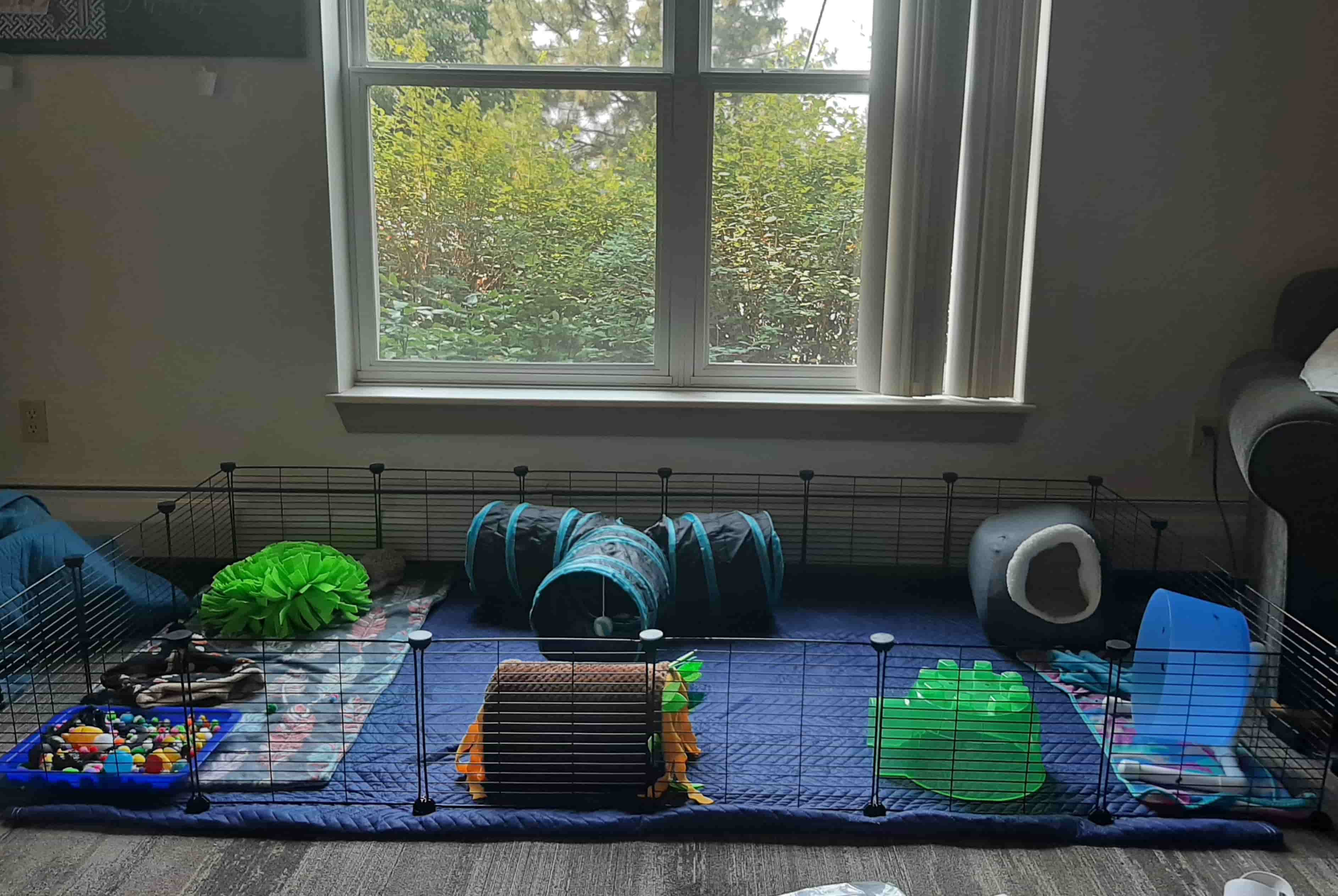
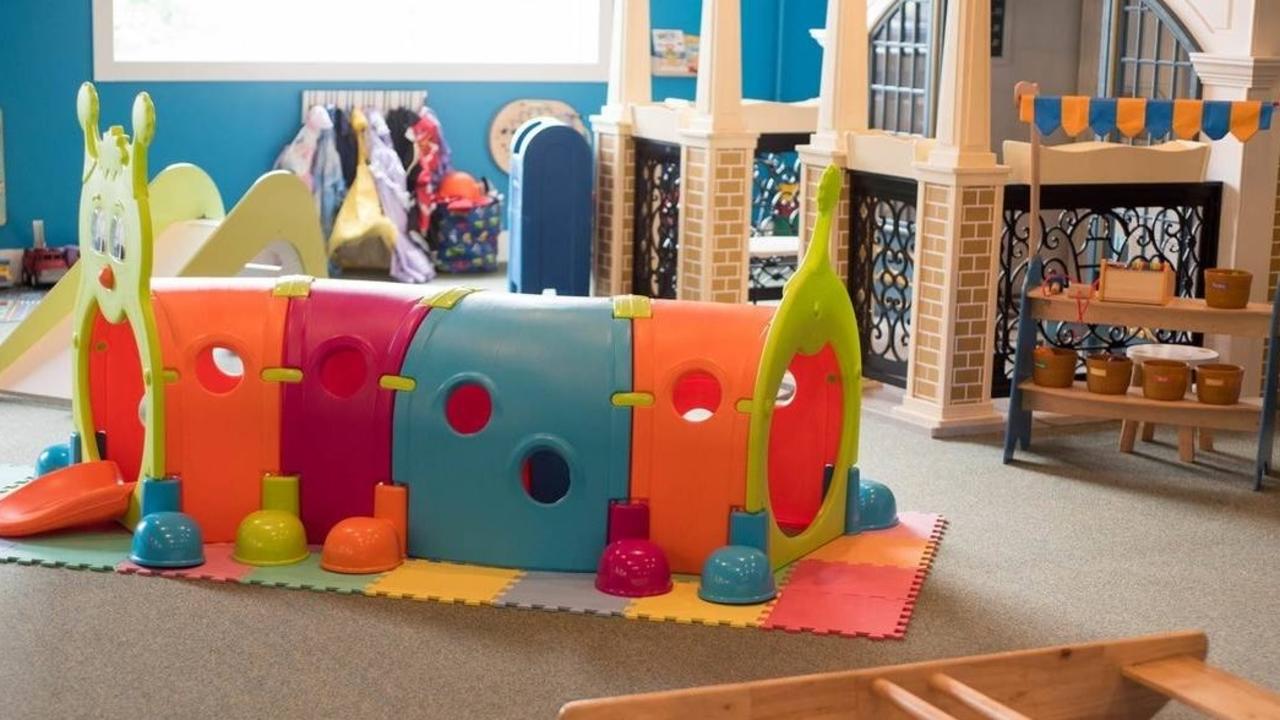
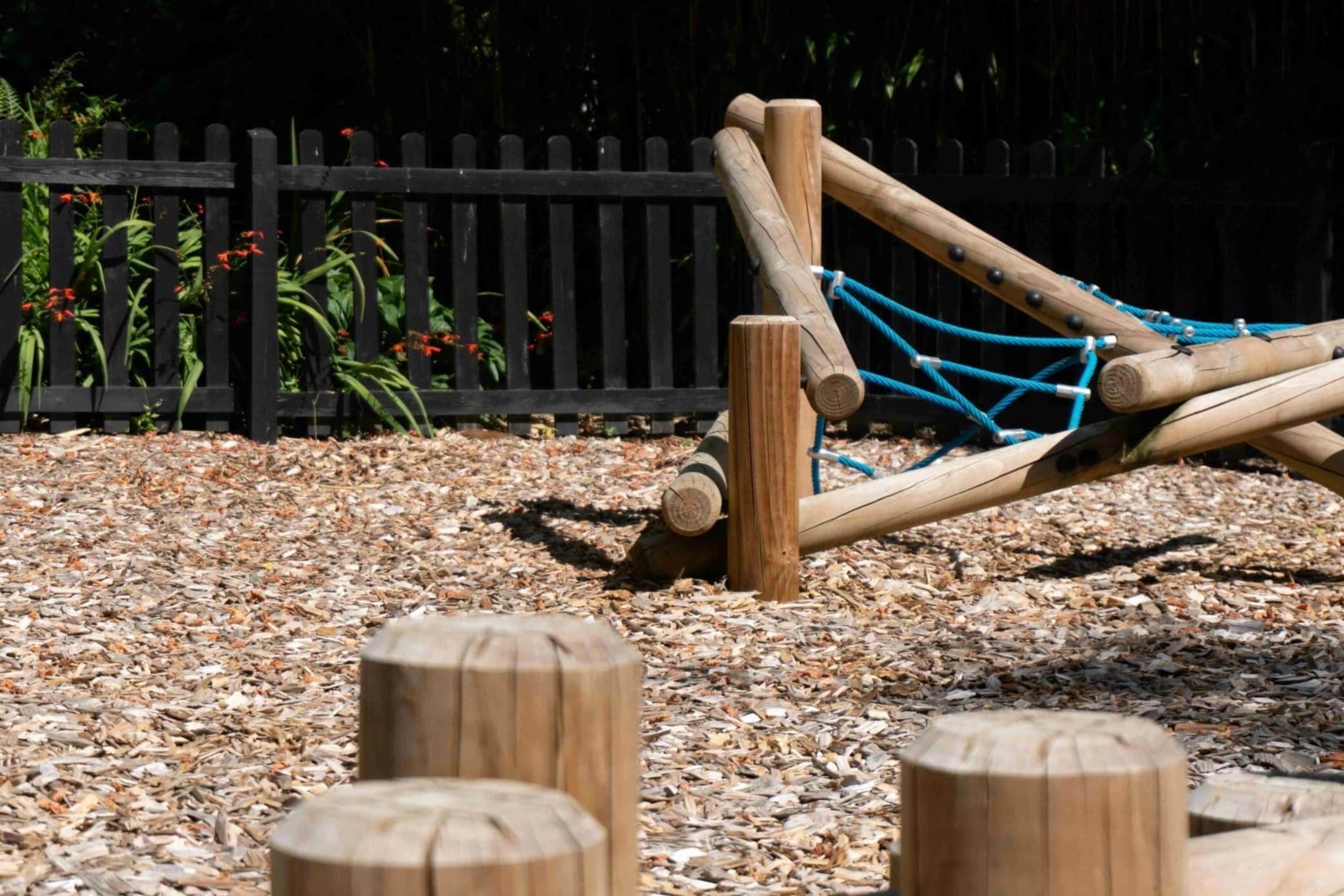
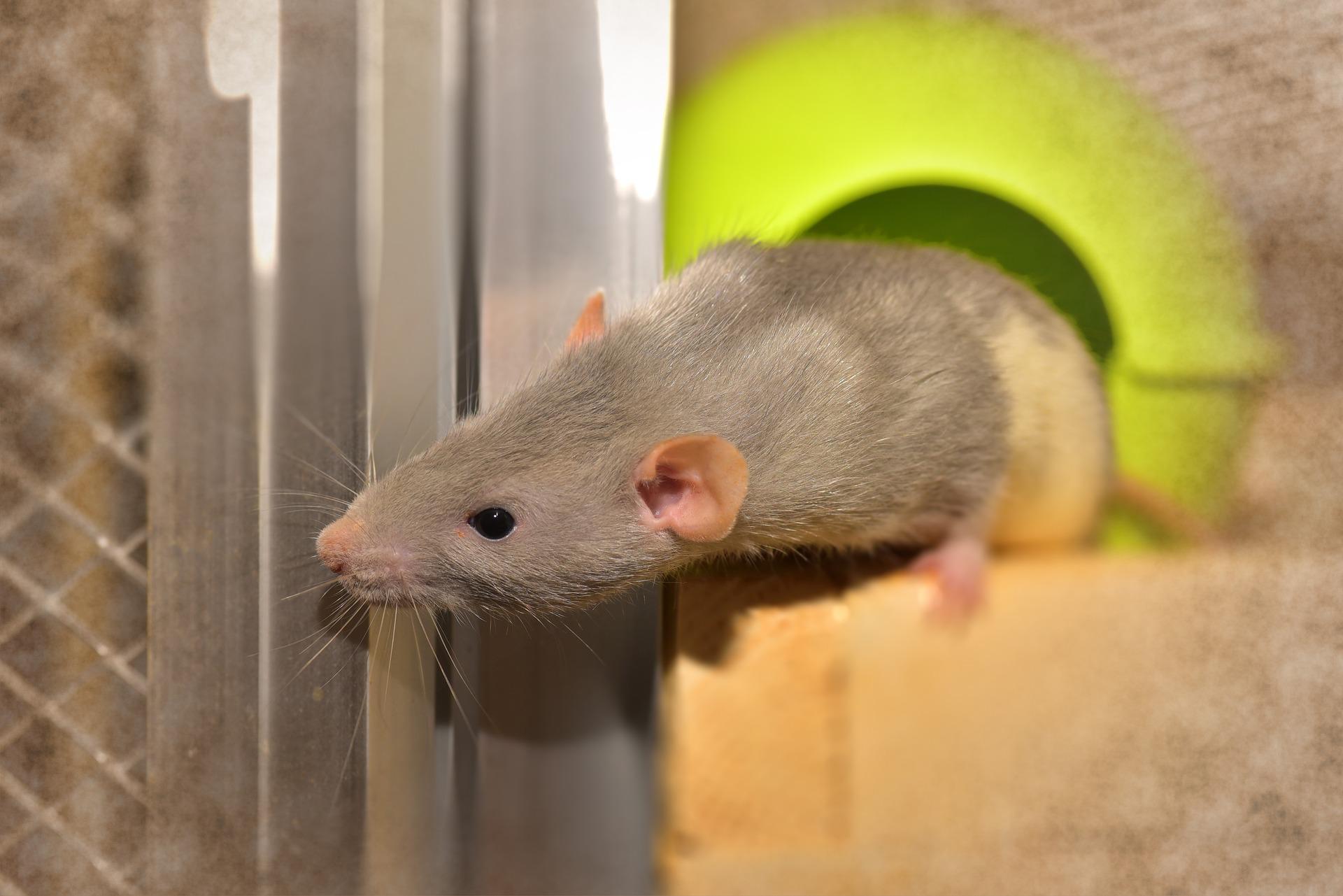
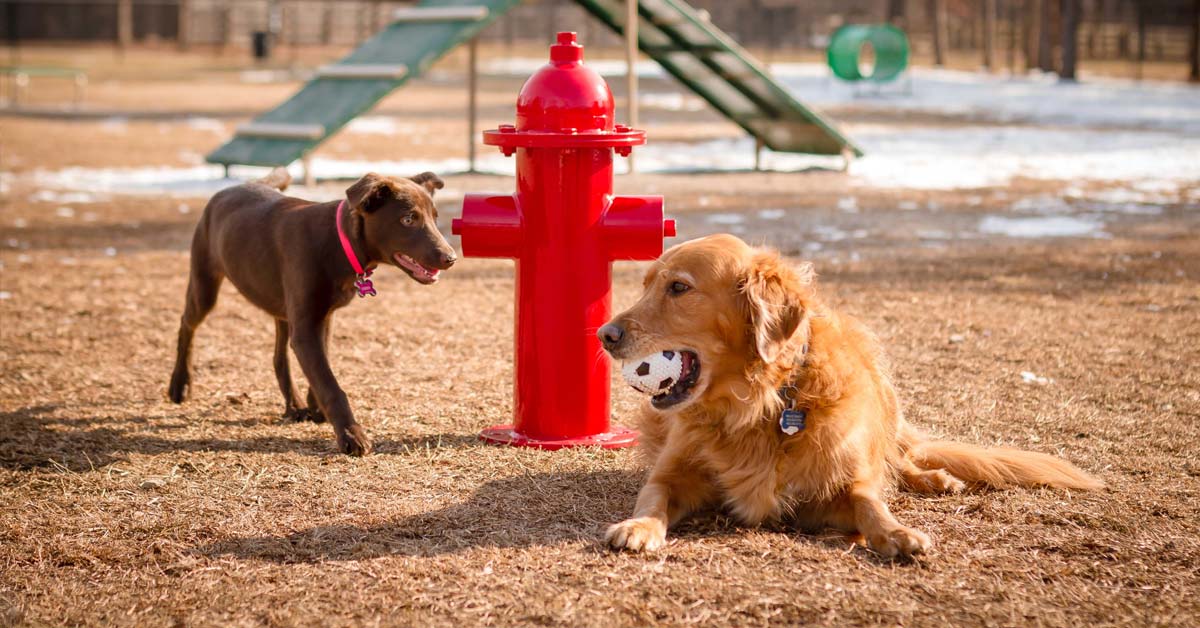
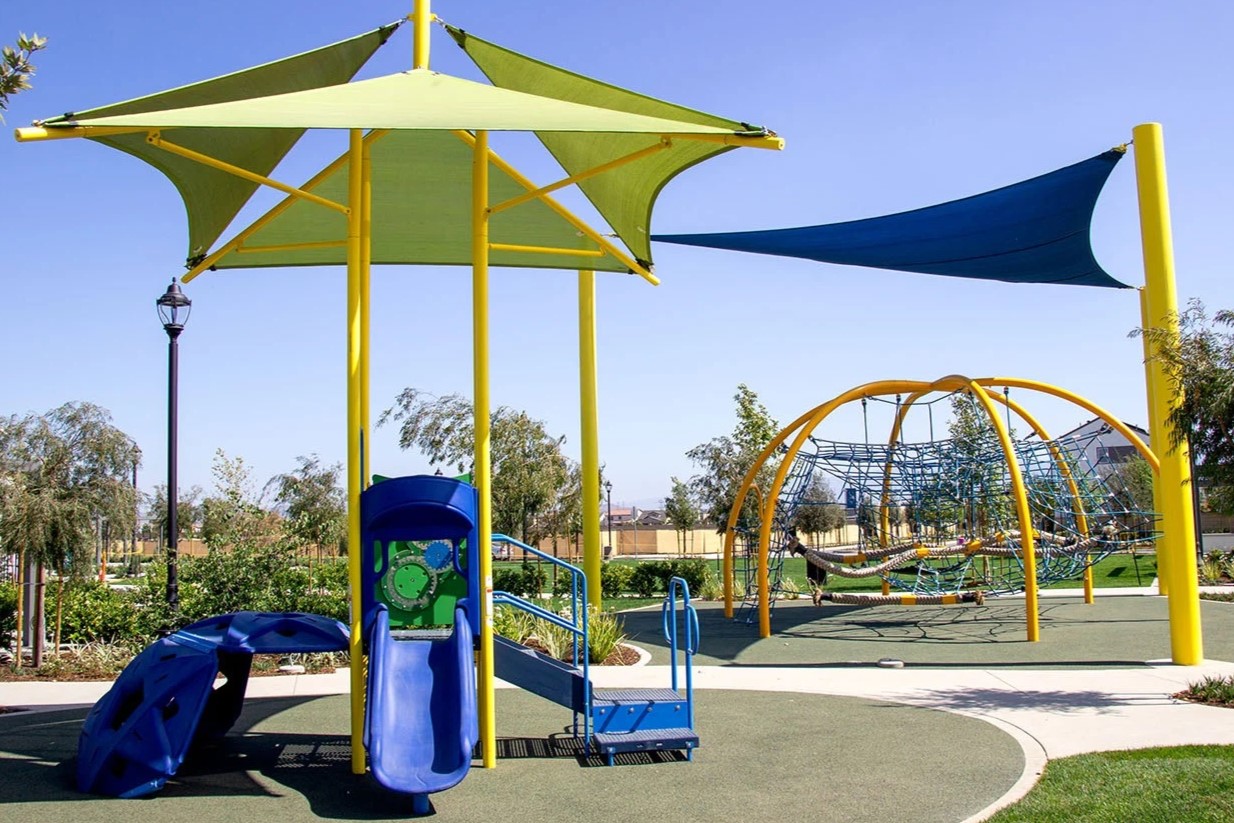
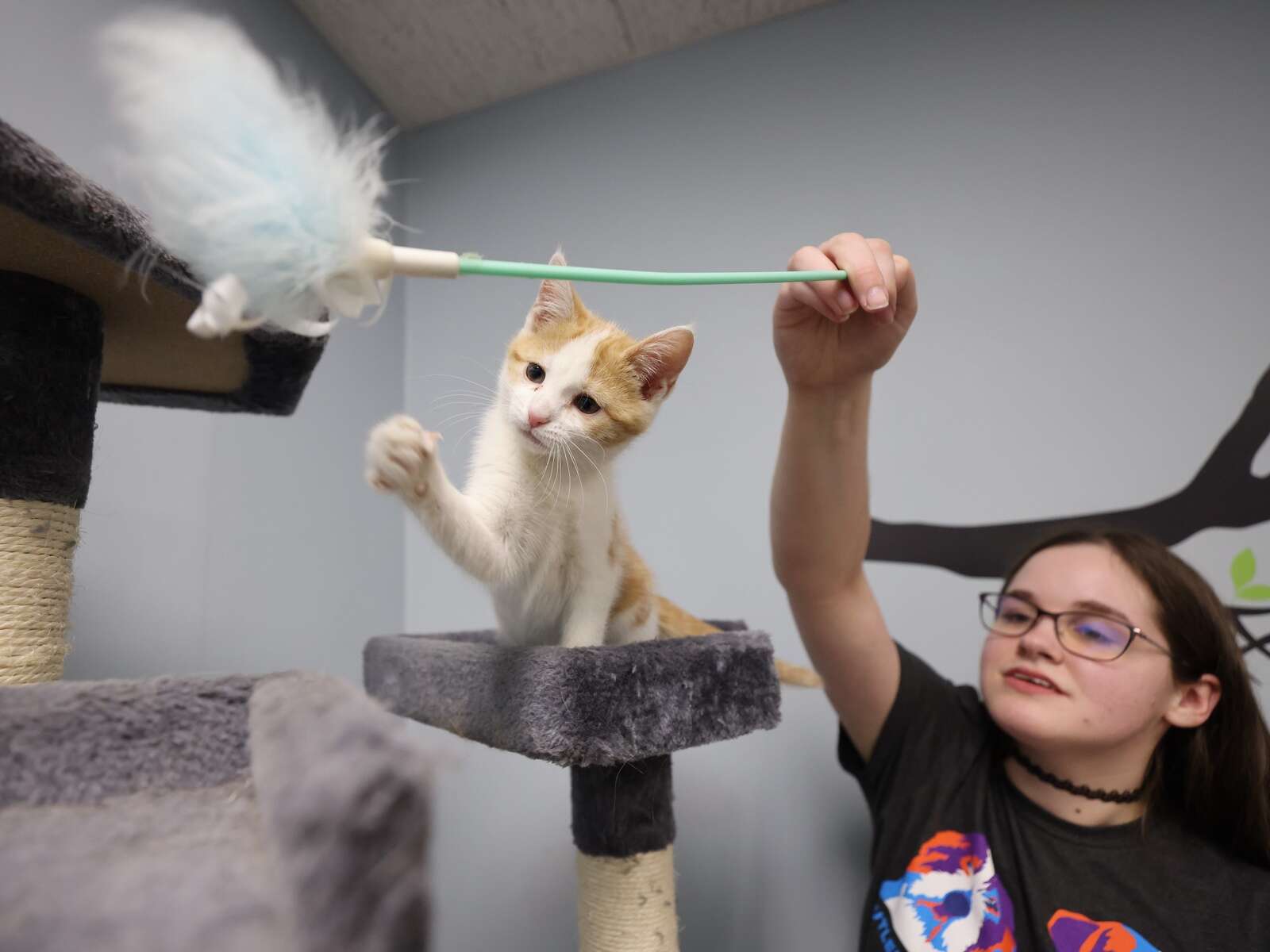
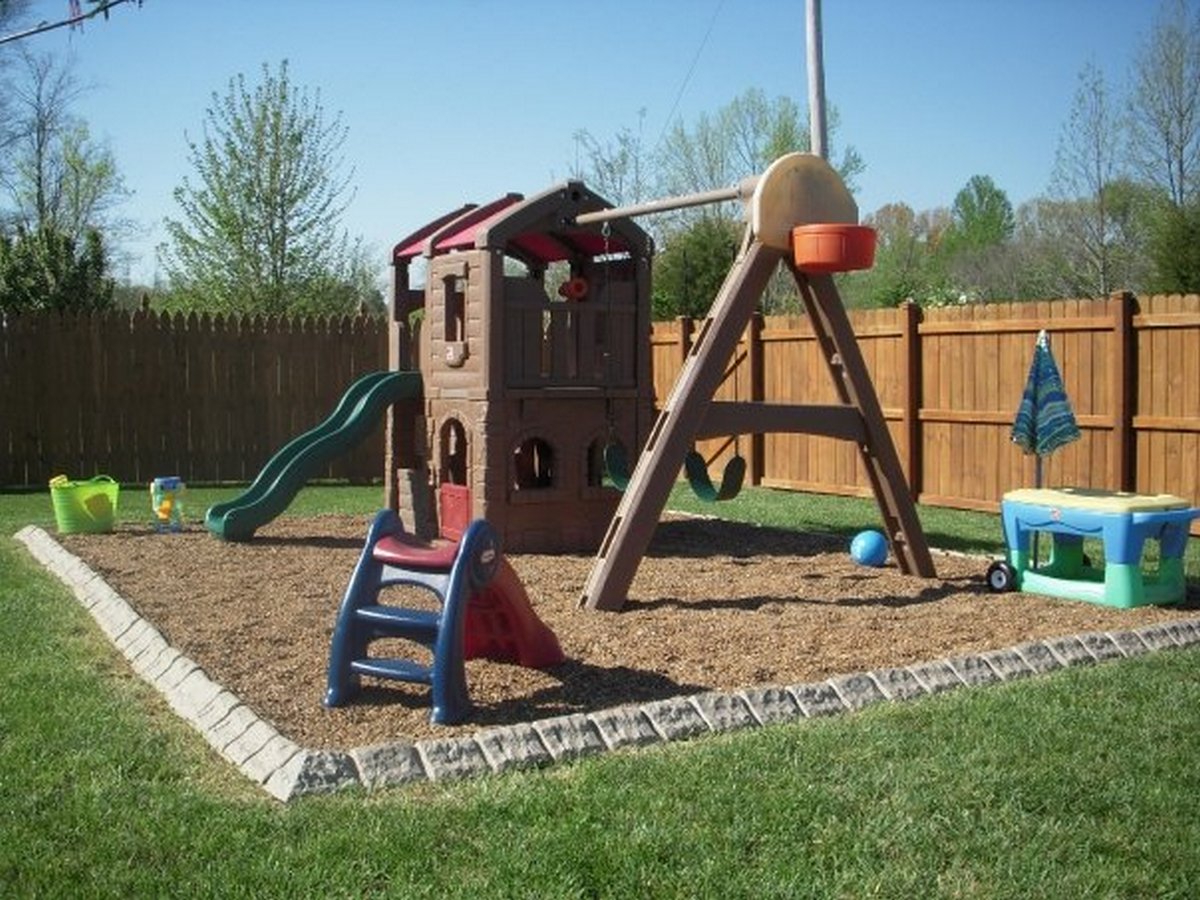
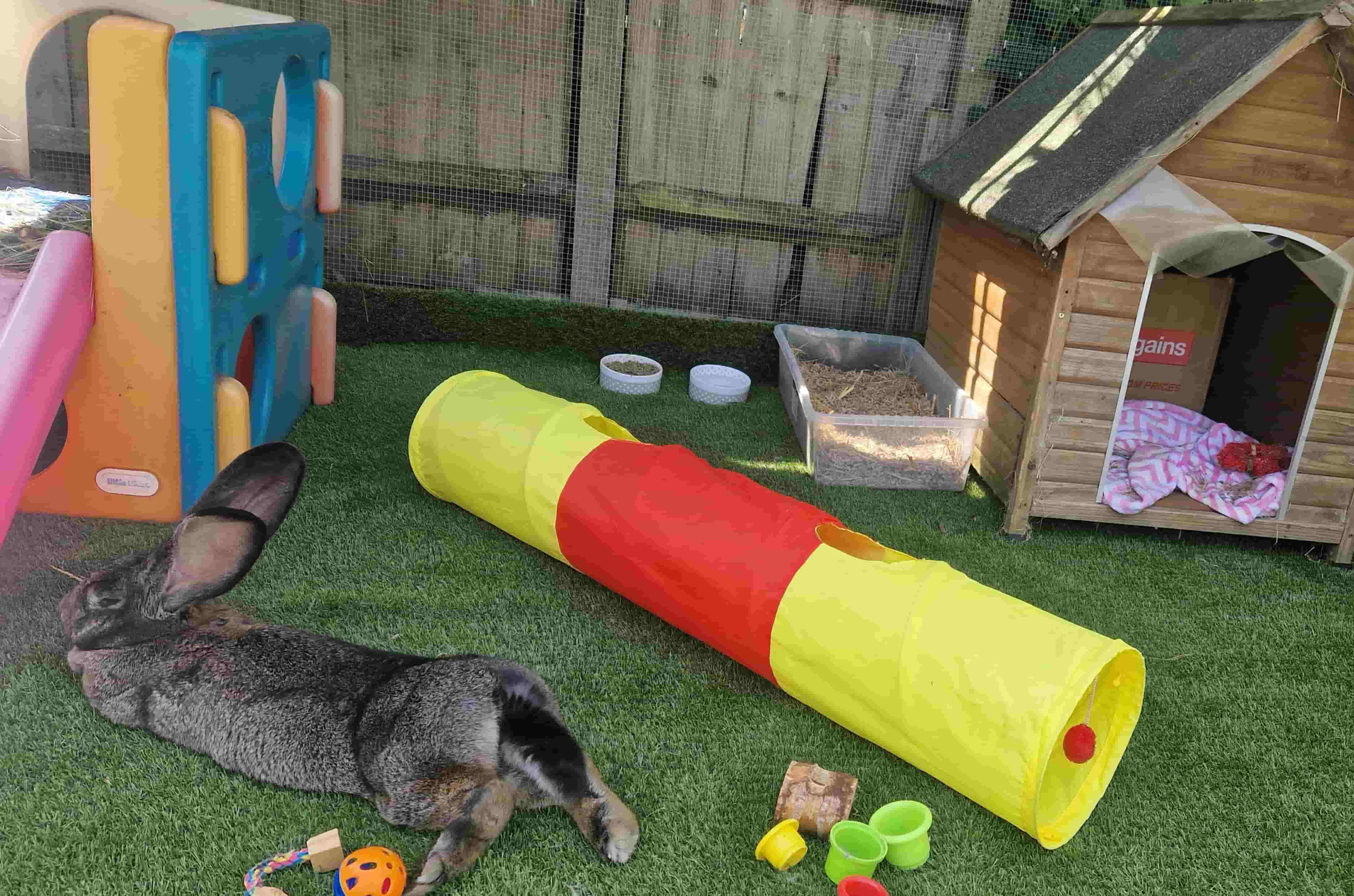
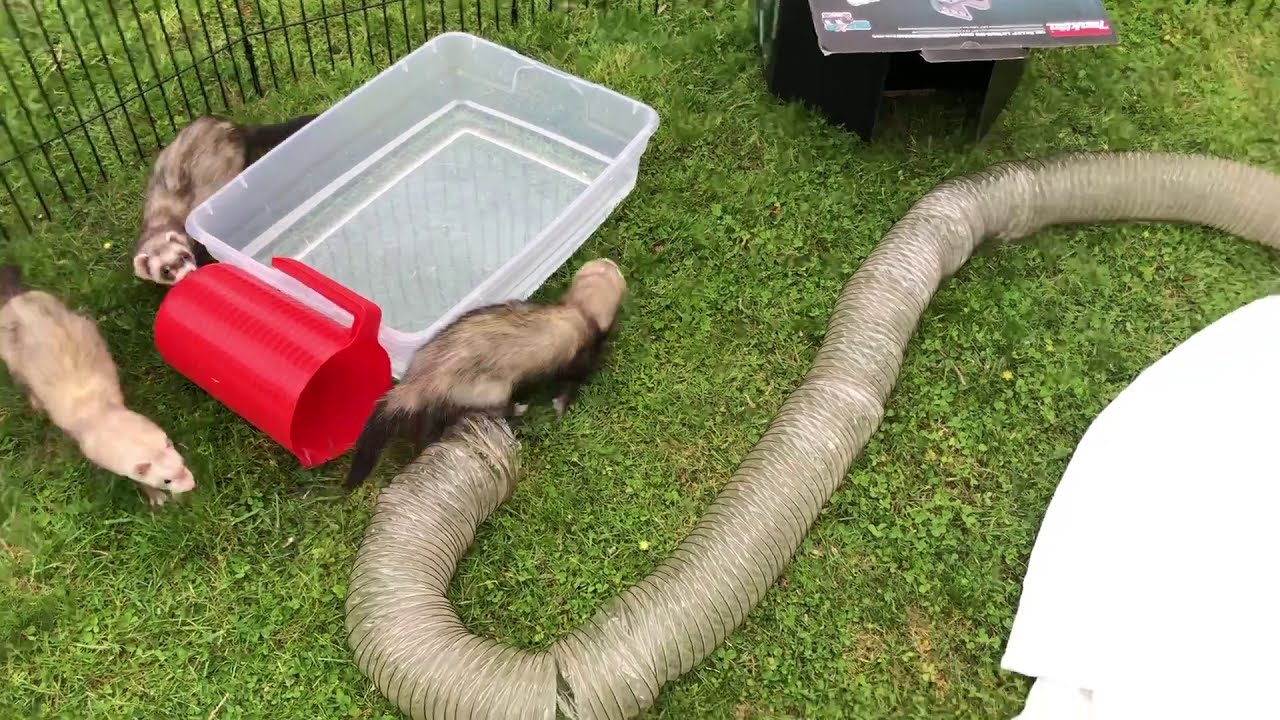
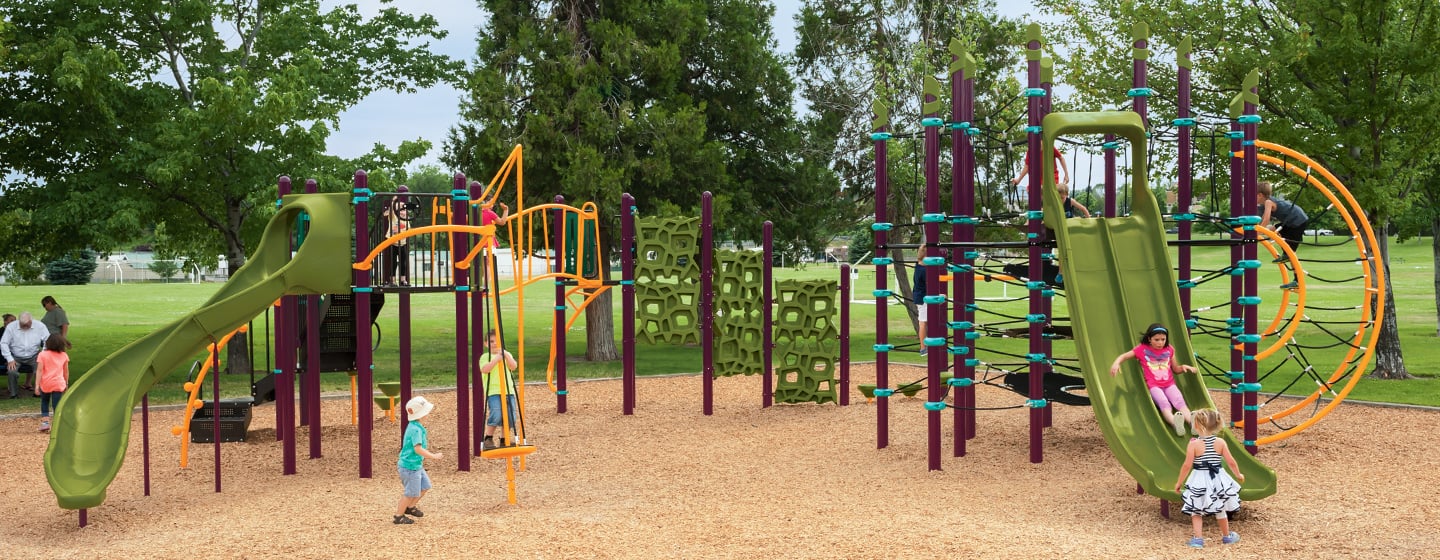
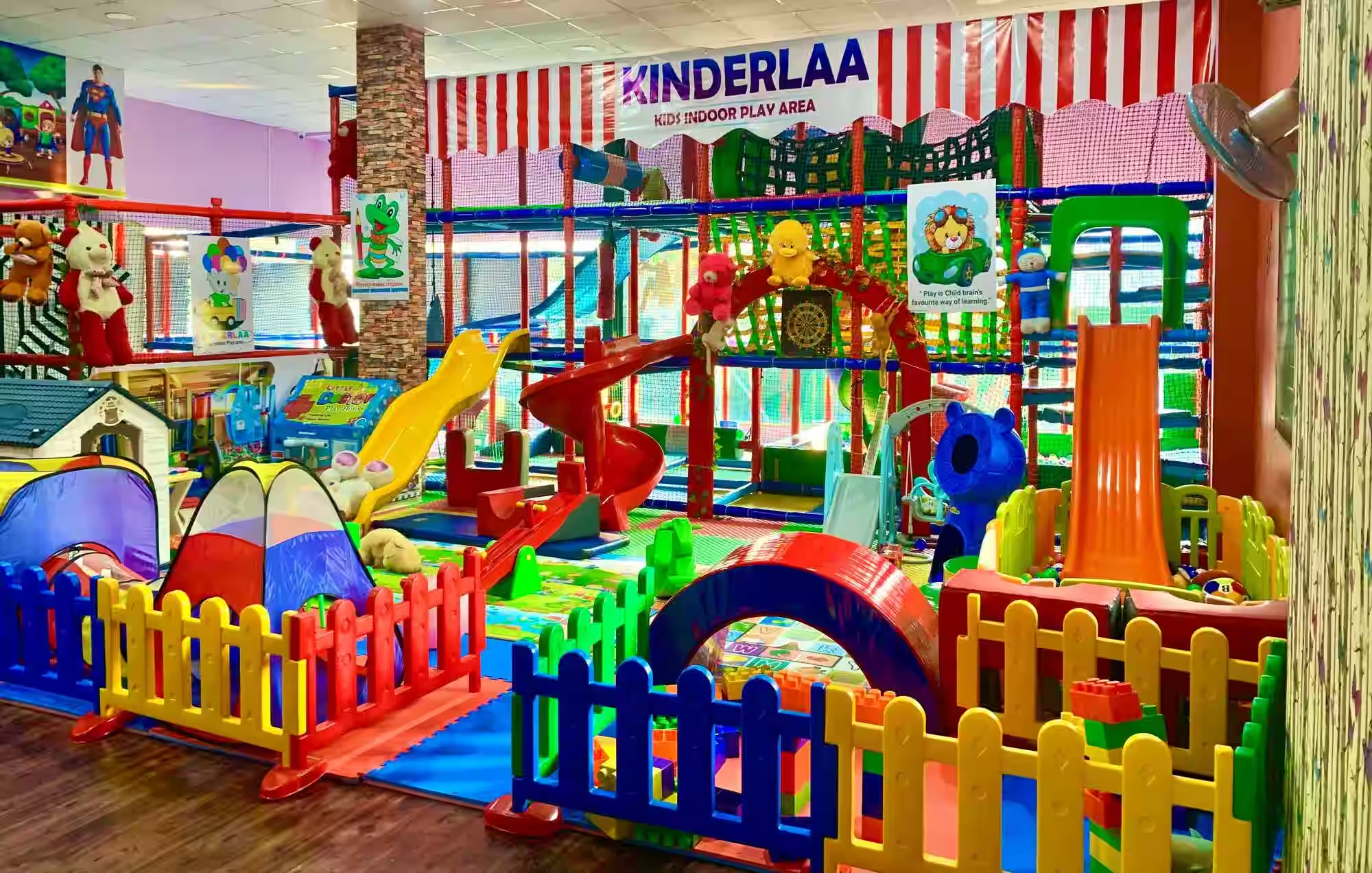

0 thoughts on “How Beneficial Is It To Use A Play Area In Daycare”